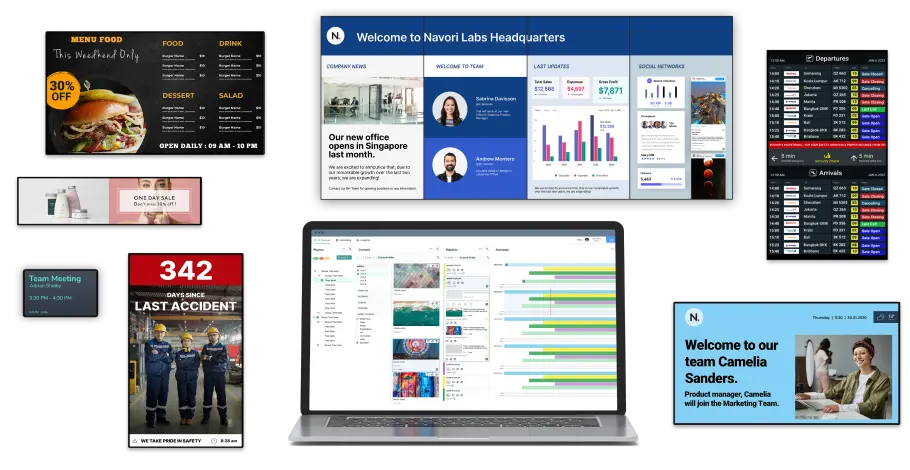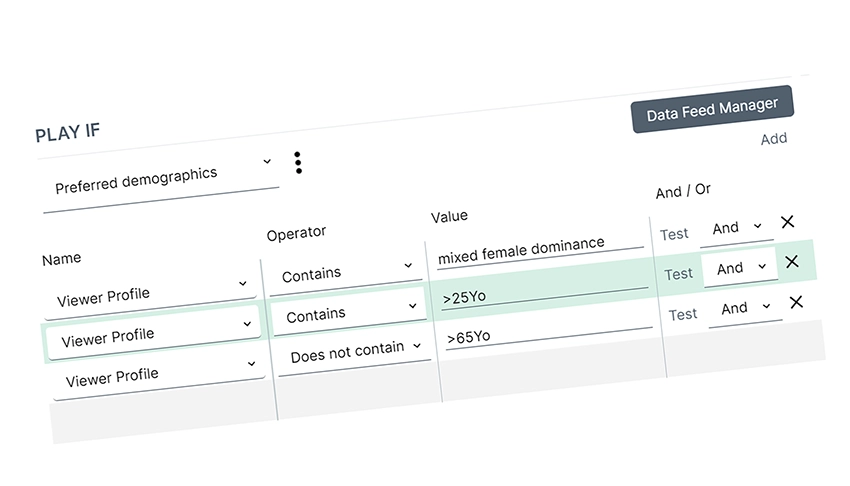Consider These Points in Your Search
for the Best Digital Signage Software!
Searching for the best digital signage software?
Finding the best digital signage software starts with a Google search, but with so many options, how do you choose?
Begin by understanding your needs and intended use. Consider key factors such as choosing a software-focused company with a proven track record, ensuring the software is future-proof and can handle both current and future requirements, and verifying that it is easy for your employees to use.
Avoid being locked into a closed ecosystem by seeking software that offers flexibility and multiple options. Additionally, look for time-saving automation features.
Navori offers professional digital signage software that excels in scalability, security, hosting, licensing, functionality, and innovation.

What type of user are you?
Are you an end user responsible for deploying a system, a reseller seeking solutions for multiple clients, or a digital signage operator looking to integrate software into a turnkey solution for your clients?
What are the criticality and security needs?
If deploying a system for a medium-sized enterprise with around 300 players, consider hosting and licensing models carefully. Can you trust a third-party provider to host your data, such as KPIs displayed on screens? Ensure the host is SOC2 certified, as required by your IT department. Think about the impact of a service interruption on your company. Do you think you should host the server internally or trust a third party?
For security, check if the software is third-party certified with each release and if the publisher provides detailed release notes for new versions.
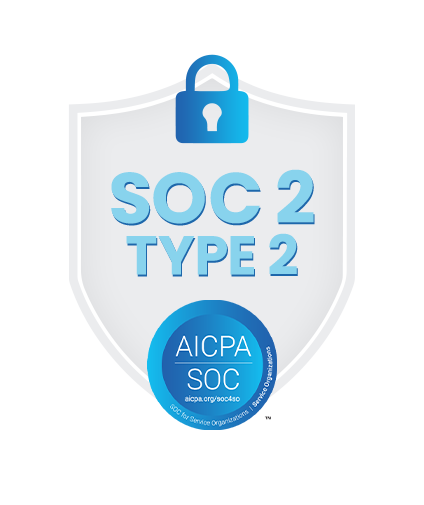

What is the volume of players and the best licensing model for my company?
Should I choose a monthly subscription or buy perpetual licenses with annual support? The best option depends on the number of players; as the volume increases, a subscription-based model may become less favorable.
Does the software allow me to work with hardware from different brands and models?
Using hardware from various manufacturers is crucial, as each has unique strengths. The ability to use existing hardware and choose the best options for specific needs is essential. Opt for software compatible with most professional hardware and fully interoperable.
Navori’s StiX 3800 media player is an excellent choice. Its small size allows easy installation behind screens, making it ideal for updating your digital signage software with hands-free deployment.
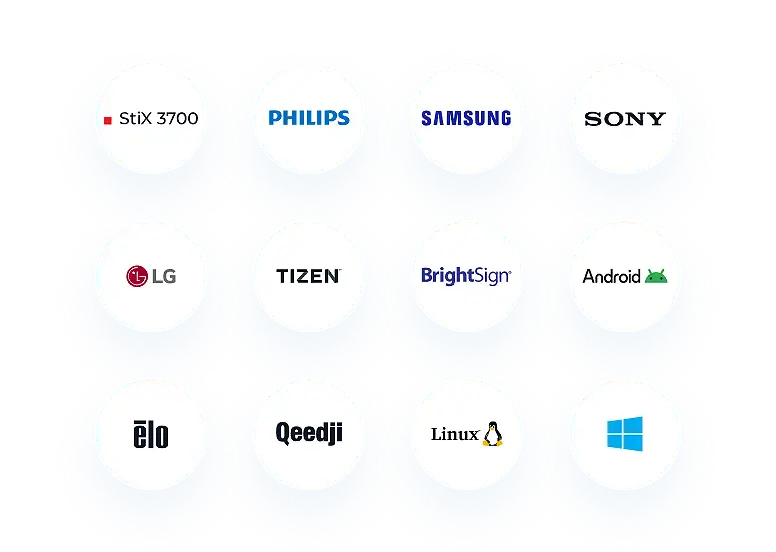
What features do you need?
When implementing a digital signage solution, plan for a 5 to 8-year period. Initially, the software will display standard content in a loop, but soon you may need to add real-time information, support various screen configurations, and integrate real-time data from internal sources. Choose software with these capabilities and from a provider that offers quarterly updates with new features.
Choose an experienced, software-focused manufacturer
How many companies excel at producing both software and hardware? Very few, because mastering both is nearly impossible. Therefore, we recommend purchasing digital signage software from companies that specialize in engineering professional-grade software. Avoid defaulting to well-known hardware brands, as their software solutions may fall short. Instead, seek out manufacturers with at least 10 years of experience focusing primarily on professional-grade software.


Seek out future-proofing innovators
Experience and a focus on software engineering are crucial, but innovation is equally important. Choose a digital signage company with a proven track record of innovation to ensure your software remains top-tier. Look for features like:
- Smart content management automation
- Rule and data-driven content playback and triggers
- Easy integration with business systems (e.g., Office 365, PowerBI)
- Support for all web browsers, media players, and system-on-chip displays
- Support for modern content types (URLs, live streams, HTML5, etc.)
- Camera-based marketing analytics tools
Navori, for example, allows users to measure audience engagement and track foot traffic with detailed metrics.
The best digital signage software is easy to use
Now that you’ve chosen a software-focused, innovative company, the next crucial question is: Will my employees be able to use this software?
It’s common for companies to buy software that’s hard to learn and use, leading to inefficiency and frustration. Avoid this costly mistake by ensuring the software is user-friendly. See the software in action and, if possible, have your colleagues test it. Many top software companies offer a 30-day free trial.
Ensure the software you choose is easy to use by looking for these features:
- Browser-based content management
- Drag-and-drop user interface
- No local software installation required
- No coding or programming skills needed
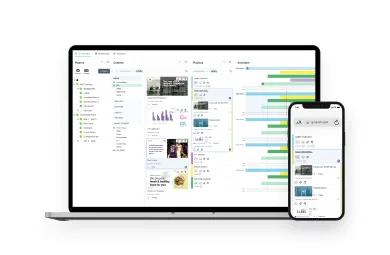

Options, Options, Options
Many tech companies try to lock you into their ecosystem, but you should seek those offering flexibility. You should always have options at every stage:
- Displays and hardware: Choose from a variety of options.
- SaaS-based or self-hosted software: You should have the choice.
- Computer or browser: Any type should be supported.
- Content and media types: The system should support various formats.
The best digital signage software allows you to make sensible choices and use it the way you need. Be wary of companies trying to lock you in with free software or hardware deals, as this can limit your options in the long run. Choose flexibility and avoid becoming dependent on a single vendor.
Automation saves time and prevents mistakes
Computers excel at making quick, accurate decisions and executing complex actions. Therefore, it makes sense to choose software that allows you to automate content management through simple rules and scenarios. This will save your company time, money, and prevent mistakes.
When evaluating software, consider how much of your content management can be automated. Look for platforms that offer:
- Pre-scheduling content playlists well in advance.
- Assigning tags, validity periods, and metadata to content.
- Automatically playing or not playing content based on scenarios or data-driven rules (e.g., weather, inventory, foot traffic).
- Automating tasks via API.


One digital signage system, many applications
Versatility is key when choosing digital signage software. While no single platform excels at everything, aim for one that can handle a wide range of tasks effectively. Consider all the ways you plan to use your system and choose software that can meet those needs. Look for a solution that can also serve as:
- Digital advertising software
- Interactive digital signage
- Emergency alert and notifications software
- Video wall software
Choose a platform that can cover all these applications to maximize efficiency and flexibility.
Key Takeaways
Choosing the best digital signage software involves careful consideration of various factors. Keep the following points in mind during your search:
- Experienced Manufacturer: Opt for a software-focused company with a strong track record.
- Future-Proofing: Consider not only your current needs but also future requirements.
- Usability: Ensure the software is user-friendly for your employees.
- Flexibility: Avoid getting locked into a closed ecosystem; seek software that offers multiple options.
- Automation: Look for software that includes time-saving automation features.
By focusing on these aspects, you’ll be well-equipped to select the right digital signage software for your company.
Learn more about QL to see how it meets these criteria.

